With the Qingming Festival, or Tomb-Sweeping Day, which falls on April 4 this year, coming up soon, a surging number of people are flocking to graveyards across the country to pay tribute to their ancestors or commemorate their departed family members and friends.
The Changqingyuan cemetery in Beijing's Chaoyang district welcomed a special group of local citizens on Saturday who came for the first-ever collective funeral ceremony held in the city for their deceased relatives, whose remains were buried free of charge in soil with no mausoleum and gravestone established.
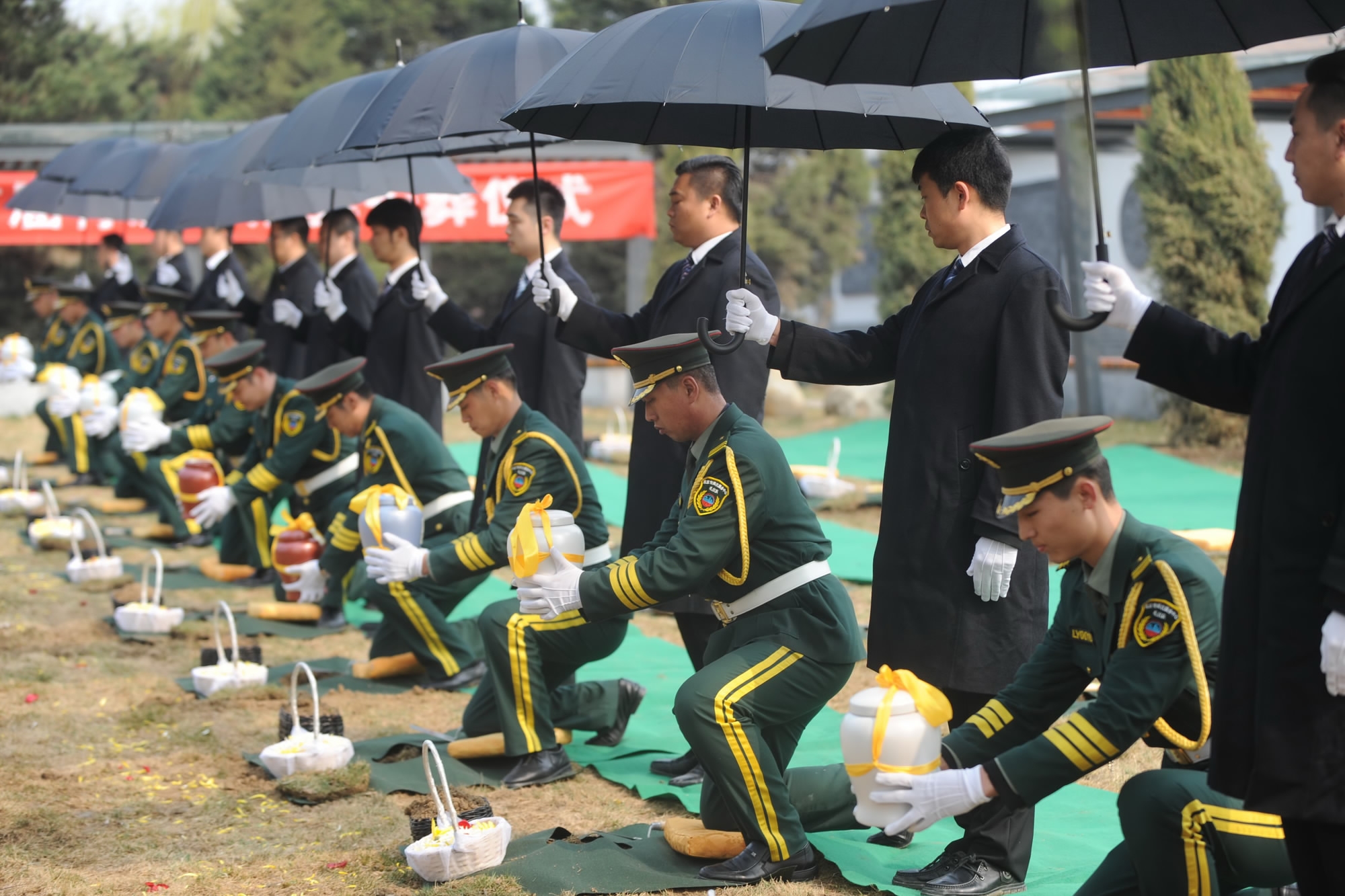
VCG Photo
Bone ashes of 31 people were seen being put into cinerary caskets made of degradable material during the ceremony, and then solemnly placed them into separate holes prepared in advance. As the holes were meticulously capped, with delicate flowers presented above the patch for final farewells, the whole burial area looks just like an ordinary piece of grassland.

VCG Photo
The deceased would eventually rest in peace by returning to nature with their ashes left to decompose into the land in the following months.
Starting on Saturday, Beijing residents who opt for the “green burial”, where their cremated remains would be buried in the eco-friendly underground, will not be charged, according the city’s civil affairs bureau, and an extra 4,000 yuan (581 US dollars) will also be covered by the government for the corresponding funeral service.
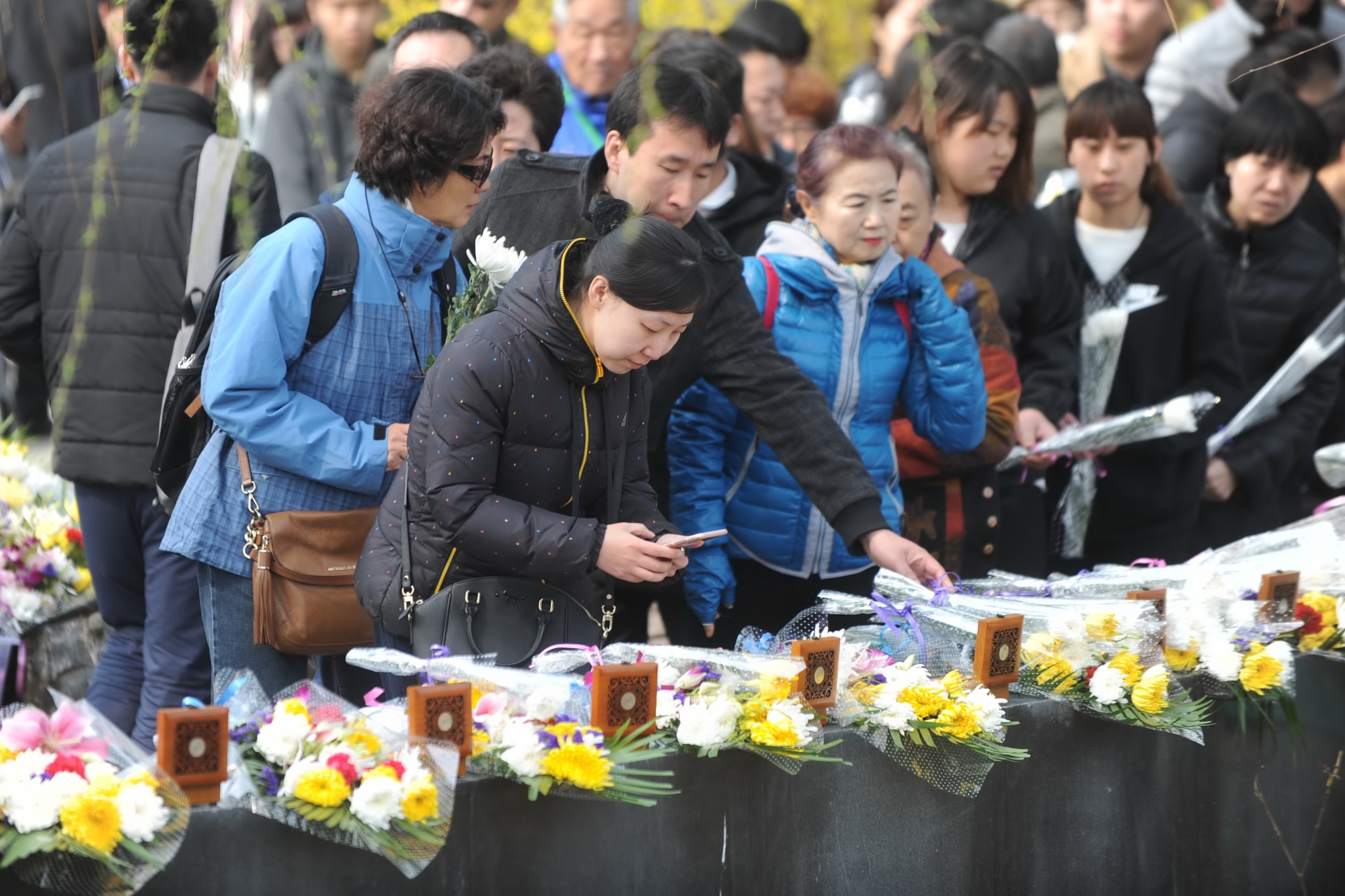
VCG Photo
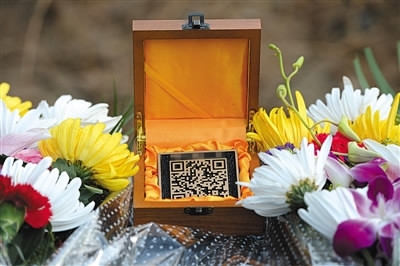
Beijing Daily Photo
A commemorative plaque imprinted with a QR code will also be created and rendered to relatives after the funeral ceremony. By scanning the QR code on the plate containing information of the deceased, relatives can proceed with the memorial at any time without paying a special visit to the mausoleum.
The move is regarded as a significant step to further promote new types of green burials amid a prevailing shortage of cemetery spaces resulted from the country’s huge population and limited land supplies.

VCG Photo
Li Hui, director of the funeral service unit of Beijing Municipal Bureau of Civil Affairs, told CRI that 10 caskets of ashes can be placed in one square meter, which is usually just home to one or two cremains in traditional tombs.
Helping minimize negative impact on the surrounding natural environment, the move has also largely spared family members time and effort in spotting the proper grave site for the deceased, especially at a time when the price of cemeteries keeps soaring in proportion to the lessening land.
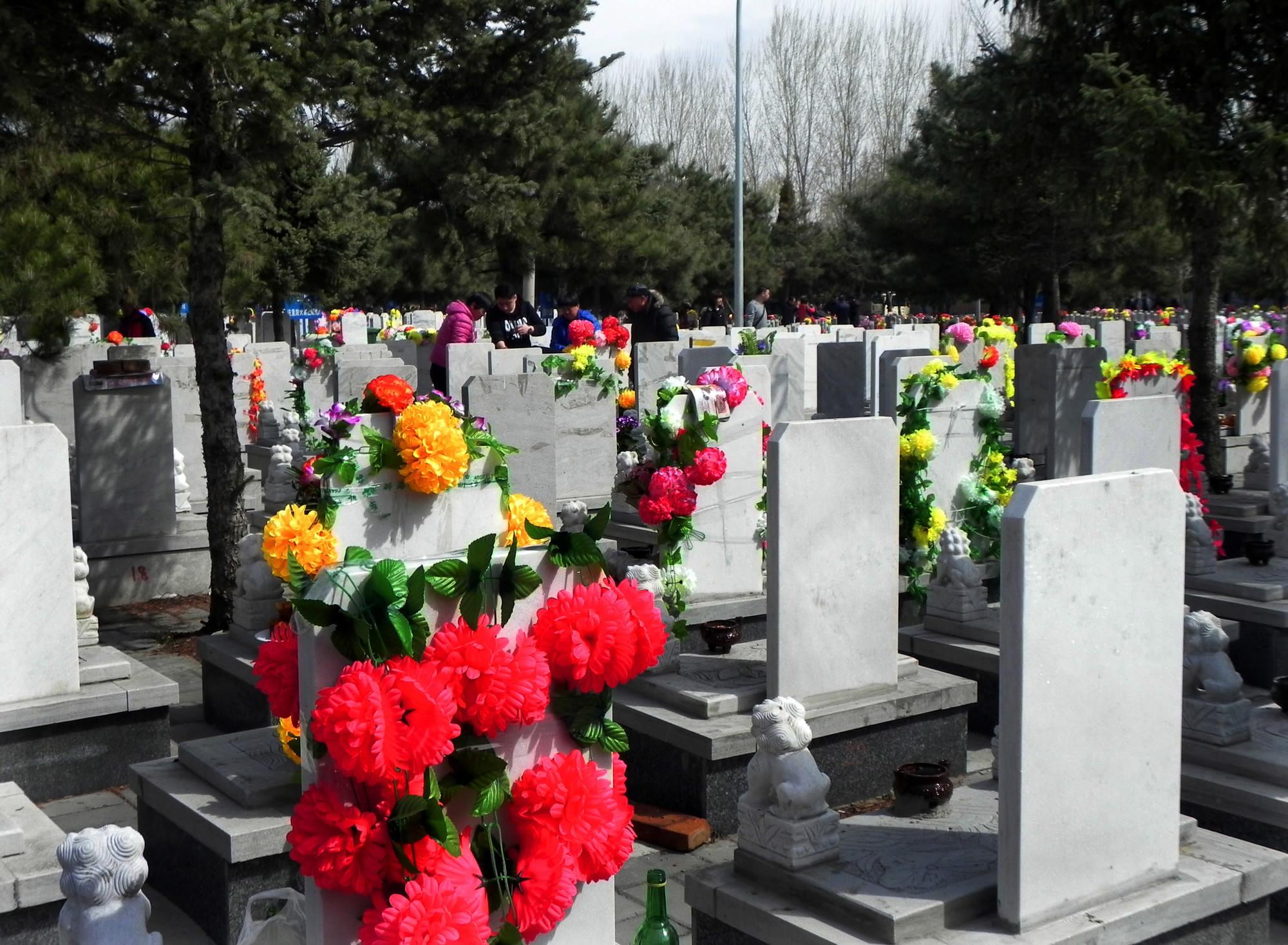
VCG Photo
According to an in-depth investigation into the funeral industry by Legal Weekly in 2014, the price for plots in Beijing cemeteries are increasing by more than 30% a year, with the cost of one square meter in certain graveyards even biting a record high of 400,000 yuan (58,202 US dollars) the same year.
The innovative entombment practice has “greatly eased the burden of our children in finding tombs,” one of the deceased’s relatives surnamed Song told Beijing Evening Post.
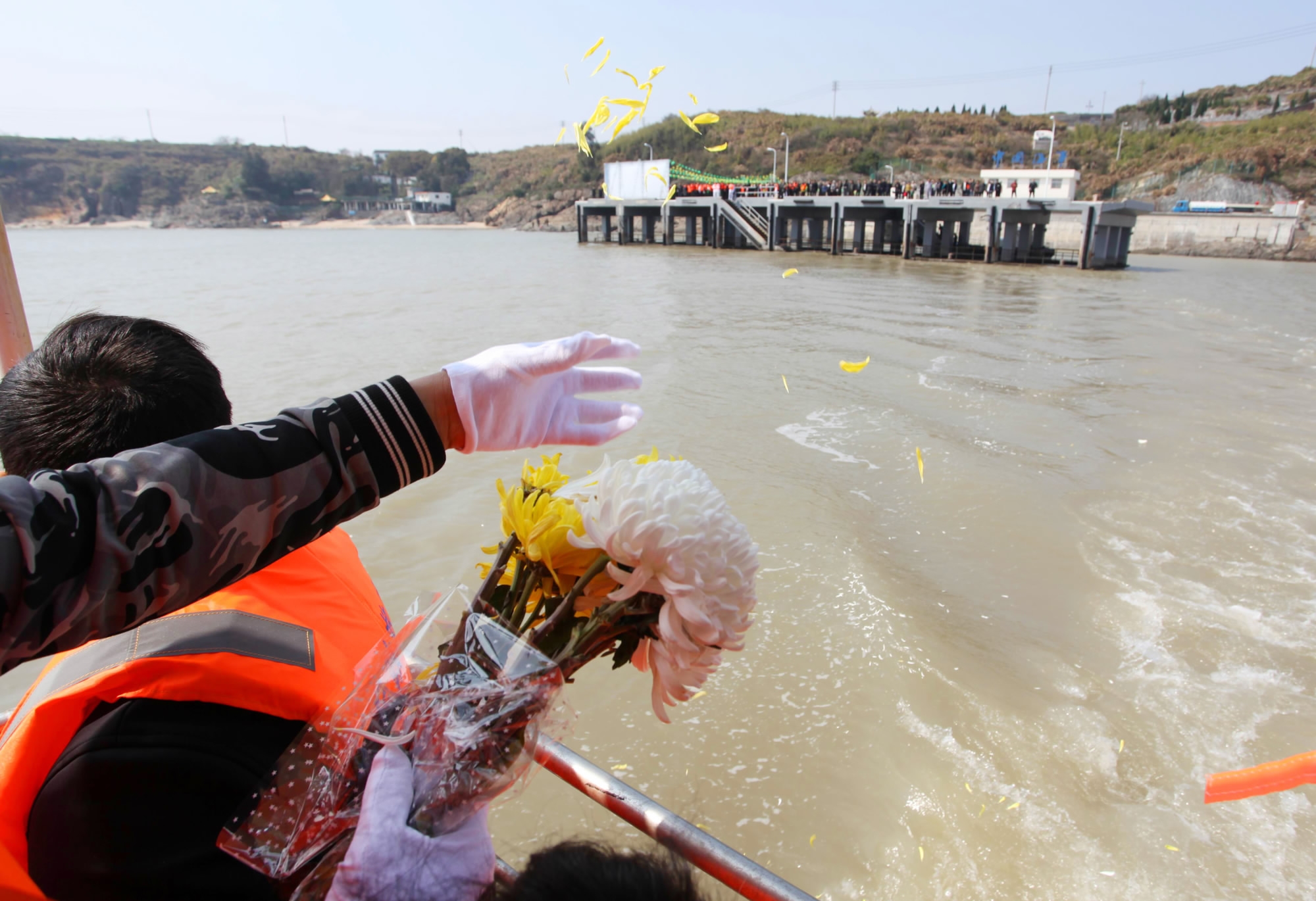
VCG Photo
Natural burials over the years have consistently gained popularity in Beijing since 2008, when the government first began to offer free service to local residents who wish to entomb their deceased family members by scattering their ashes at seas. In 2016 alone, 2,456 people chose burials at sea, an increase of 20 percent over the last year, according to Li Hongbing, vice director of the city’s civil affairs bureau.

VCG Photo
In addition to the Changqingyuan cemetery, the Taiziyu cemetery in Beijing’s Fengtai district now can also be used for green burials as well.
6km










